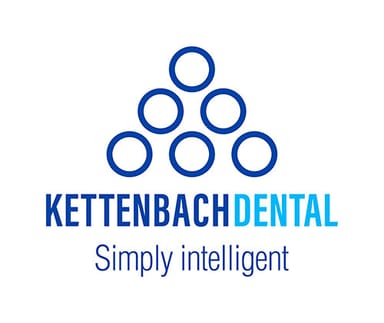 CASE PRESENTATION
CASE PRESENTATION
Guided Implant Placement
& Restoration in a Narrow Ridge
Today, we’re finding that more and more patients are presenting to the dental practice seeking tooth replacement with dental implant treatment. The need for implant therapy usually results from teeth that are severely decayed, vertically fractured, or periodontally involved.
A patient presented to my practice wanting to replace missing teeth with dental implants in the areas of teeth Nos. 28, 29, and 30 (Figure 1). According to the patient, these teeth were extracted a few years prior without any form of socket preservation, resulting in a deficient edentulous ridge. To accurately assess the area for bone height and width, as well as identify any crucial anatomical landmarks, a CBCT was used. Using the CS 8100 (Carestream Dental) (Figure 2), the narrow ridge was scanned to see if there was adequate bone.
When the CBCT scan was achieved, a treatment plan (Figure 3) was created using 3DDX (3D Diagnostix) where the edentulous ridge would be restored with 3 dental implants in addition to the placement of grafting material. A blend of cortical mineralized and demineralized bone grafting material would be used in any residual areas around the dental implants.
When the treatment plan was presented to the patient and accepted, the fabrication of a tooth-borne pilot drill surgical guide was initiated and completed using 3DDX within a short amount of time. The surgical guide was tried in to confirm it was completely seated onto the supporting teeth, and to ensure there was no movement upon any pressure.
With a simplified drilling protocol using a guided surgical kit (OCO Biomedical) (Figure 4), the osteotomies were prepared using the AEU7000 Surgical Motor (Aseptico) and handpiece with copious amounts of sterile irrigation. Once the osteotomies were complete, an implant driver was used to place 3 Engage (OCO Biomedical) dental implants (Figure 5) precisely into the ridge until increased torque was necessary. The ratchet wrench was then connected to the adapter and the implants torqued to final depths, reaching a torque level of about 40 to 50 Ncm.
Any residual areas around the implants were grafted with a cortical mineralized and demineralized bone-grafting material (Goldendent) to optimize the area (Figure 6).
Upon examination 4 months later, the soft tissue and bone surrounding the dental implants were very healthy (Figures 7 and 8), so the implants’ Implant Stability Quotient values were tested with an Osstell unit. Since the dental implants had a high reading—indicating osseointegration—impression posts were inserted (Figure 9) and a full-arch impression was taken using a vinylpolysiloxane light/tray material (Panasil, Kettenbach) (Figure 10). From these impressions, final abutment and Zenostar (Ivoclar Vivadent) crown restorations were fabricated.
After delivery from the dental lab (Arrowhead Dental Lab), the definitive abutment and crown restorations were tried in and radiographs taken to ensure complete seating. Once confirmed, the abutments were torqued into place (Figure 11) and the splinted crown restorations were seated with Premier Implant Cement (Premier) (Figure 12).
With proper planning, placement, and restoration, a dental provider may predictably restore a patient’s smile to proper form and function. In today’s practice, it is essential to have the appropriate skills, technology, and dental materials to accurately deliver implant treatment in a systematic, effective approach.




GO-TO PRODUCTS USED IN THIS CASE




